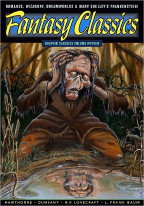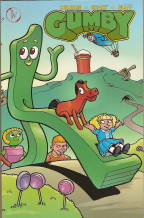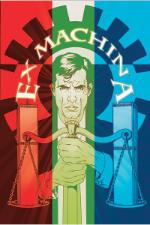Review: Chris Ware’s ‘ACME Novelty Library, Vol. 18’
 ACME Novelty Library, Vol. 18
ACME Novelty Library, Vol. 18
By Chris Ware
Drawn & Quarterly, 2007, $18.95
My friend and former colleague James Nicoll once said “Whenever I find my will to live becoming too strong, I read Peter Watts.” For me, Chris Ware fills the same function – Ware’s work is almost terminally depressing, but executed with such craft and skill that it’s impossible to look away.
This edition of [[[ACME Novelty Library]]] continues Ware’s current graphic novel, “Building Stories” – at least, that’s what this has been called before; there’s no page with that or any other title in this book – with a series of interconnected short stories about an unnamed woman who lives on the top floor of that apartment building. (Parts of this volume also appeared in The New York Times Magazine in 2007 as part of their cruelly-misnamed “Funny Papers” feature – Ware might have been the most bleak thing in that comics space so far, but all of it has been serious, most of it has been dour and none of it has been funny.)


 Fantasy Classics: Graphic Classics Vol. 15
Fantasy Classics: Graphic Classics Vol. 15
 Here are three more graphic novels for readers of varied ages, gathered together for no better reason than because I read them all recently:
Here are three more graphic novels for readers of varied ages, gathered together for no better reason than because I read them all recently:











